A rare large and magnificent Doucai vase, Tianqiuping, China, Qing Dynasty Qianlong six-character seal mark in underglaze blue and of the period (1736-1796). H 51,5cm. From Private collection IT WILL NOT BE POSSIBLE TO PARTICIPATE IN THIS LOT BY THE WEB, WILL BE ACCEPTED ONLY TELEPHONE BIDS AND ROOM BIDS (WITH SPECIAL PADDLE). FOR PARTICIPATION ON THIS PLEASE PLEASE CONTACT CAMBI AT LEAST 5 WORKING DAYS BEFORE SALES FOR REGISTRATION AND SECURITY DEPOSIT. This rare and magnificent vase is an extraordinary example of the Imperial porcelain production in the 18th century, considered to be the golden century of the Celestial Empire and, in particular, of Emperor Qianlong’s reign (1736-1796). A warrior and an enlightened ruler, Qianlong played an essential role in the development and enhancement of Chinese culture, as he promoted it not only on the literary level, as proven by the creation of the Complete Library of the Four Treasures, an extensive anthology that aimed to collect all the works written in the Chinese language up to that moment, but from an artistic point of view as well. Indeed, he was a patron of the arts and during the first part of his reign the porcelain production achieved its highest levels on the qualitative level, thanks to the improvements and refinements introduced by T’ang Ying, who ran the Imperial workshop, with whom “the clay was white, rich and compact, the structure, whether thick or thin, was shiny and polished; and Imperial porcelain achieved, in this period, its perfectionâ€. Proof of this is this remarkable vase which, in virtue of its large size and of the detailed Doucai enamel decor, fully embodies the abundance and magnificence of the Imperial porcelain production of the time. The Tianqiuping shape, also known as “heavenly globe vaseâ€, is characterised by a strong symbolic connotation, as the globular body on which the cylindrical neck is grafted, recalls the round shape that, in Chinese iconography, represents the skies, as opposed to the square symbolising the Earth. First used during the Ming Dynasty around the 15th century, this shape was widely diffused during the 18th century within the porcelain production directly tied to the Imperial commissions, as testified by the pieces created during the Yongzheng period (1723-1735), for the most part in ‘Famille Rose’ hues (Oriental Ceramics, The World’s Great Collections, vol. 1, Tokyo, 1976, col. pl. 80) and in shades of blue (Blue and White Porcelain with Underglaze Red (III), The Complete Collection of Treasures of the Palace Museum, vol. 36, Hong Kong, 2000, pp. 96-7, nos. 82 and 83). In fact, the unique and exceptional nature of this vase relies in its Doucai enamel decor, an expensive and complex technique, especially when applied to such a large surface. The artist, in addition to having to pay attention during the firing so as to maintain the vase’s peculiar globular shape, without having it deform or collapse under its own weight, also had to commit all his skills to applying the enamels, in several subsequent cases depending on the different firing times and temperatures for each individual colour. The first key step, where it was crucial to avoid any and all mistakes, consisted in applying a cobalt blue colour directly onto the raw clay, then covered with a layer of enamel and fired at high temperatures, which acted as a foundation for the other colours. The rest of the decoration was then completed by the artist by applying the different colours after the foundation layer had cooled down, following the cobalt blue guidelines, and lastly putting the vase through an additional firing phase at lower temperatures. The large size of this extraordinary vase has allowed its decorator to wanter all over a wide surface, which was exceptionally exploited to create a refined and high-quality decoration. The globular body encircles a series of round-shaped medallions with naturalistic decors branching off from a central lo
A rare large and magnificent Doucai vase, Tianqiuping, China, Qing Dynasty Qianlong six-character seal mark in underglaze blue and of the period (1736-1796). H 51,5cm. From Private collection IT WILL NOT BE POSSIBLE TO PARTICIPATE IN THIS LOT BY THE WEB, WILL BE ACCEPTED ONLY TELEPHONE BIDS AND ROOM BIDS (WITH SPECIAL PADDLE). FOR PARTICIPATION ON THIS PLEASE PLEASE CONTACT CAMBI AT LEAST 5 WORKING DAYS BEFORE SALES FOR REGISTRATION AND SECURITY DEPOSIT. This rare and magnificent vase is an extraordinary example of the Imperial porcelain production in the 18th century, considered to be the golden century of the Celestial Empire and, in particular, of Emperor Qianlong’s reign (1736-1796). A warrior and an enlightened ruler, Qianlong played an essential role in the development and enhancement of Chinese culture, as he promoted it not only on the literary level, as proven by the creation of the Complete Library of the Four Treasures, an extensive anthology that aimed to collect all the works written in the Chinese language up to that moment, but from an artistic point of view as well. Indeed, he was a patron of the arts and during the first part of his reign the porcelain production achieved its highest levels on the qualitative level, thanks to the improvements and refinements introduced by T’ang Ying, who ran the Imperial workshop, with whom “the clay was white, rich and compact, the structure, whether thick or thin, was shiny and polished; and Imperial porcelain achieved, in this period, its perfectionâ€. Proof of this is this remarkable vase which, in virtue of its large size and of the detailed Doucai enamel decor, fully embodies the abundance and magnificence of the Imperial porcelain production of the time. The Tianqiuping shape, also known as “heavenly globe vaseâ€, is characterised by a strong symbolic connotation, as the globular body on which the cylindrical neck is grafted, recalls the round shape that, in Chinese iconography, represents the skies, as opposed to the square symbolising the Earth. First used during the Ming Dynasty around the 15th century, this shape was widely diffused during the 18th century within the porcelain production directly tied to the Imperial commissions, as testified by the pieces created during the Yongzheng period (1723-1735), for the most part in ‘Famille Rose’ hues (Oriental Ceramics, The World’s Great Collections, vol. 1, Tokyo, 1976, col. pl. 80) and in shades of blue (Blue and White Porcelain with Underglaze Red (III), The Complete Collection of Treasures of the Palace Museum, vol. 36, Hong Kong, 2000, pp. 96-7, nos. 82 and 83). In fact, the unique and exceptional nature of this vase relies in its Doucai enamel decor, an expensive and complex technique, especially when applied to such a large surface. The artist, in addition to having to pay attention during the firing so as to maintain the vase’s peculiar globular shape, without having it deform or collapse under its own weight, also had to commit all his skills to applying the enamels, in several subsequent cases depending on the different firing times and temperatures for each individual colour. The first key step, where it was crucial to avoid any and all mistakes, consisted in applying a cobalt blue colour directly onto the raw clay, then covered with a layer of enamel and fired at high temperatures, which acted as a foundation for the other colours. The rest of the decoration was then completed by the artist by applying the different colours after the foundation layer had cooled down, following the cobalt blue guidelines, and lastly putting the vase through an additional firing phase at lower temperatures. The large size of this extraordinary vase has allowed its decorator to wanter all over a wide surface, which was exceptionally exploited to create a refined and high-quality decoration. The globular body encircles a series of round-shaped medallions with naturalistic decors branching off from a central lo
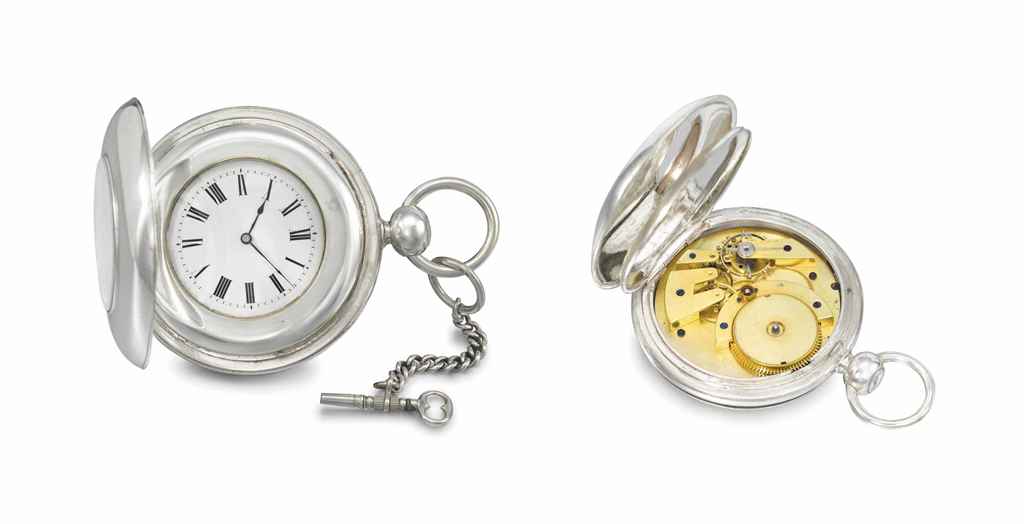
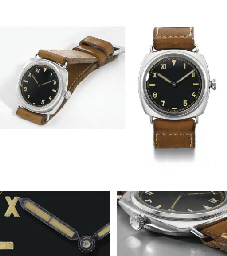
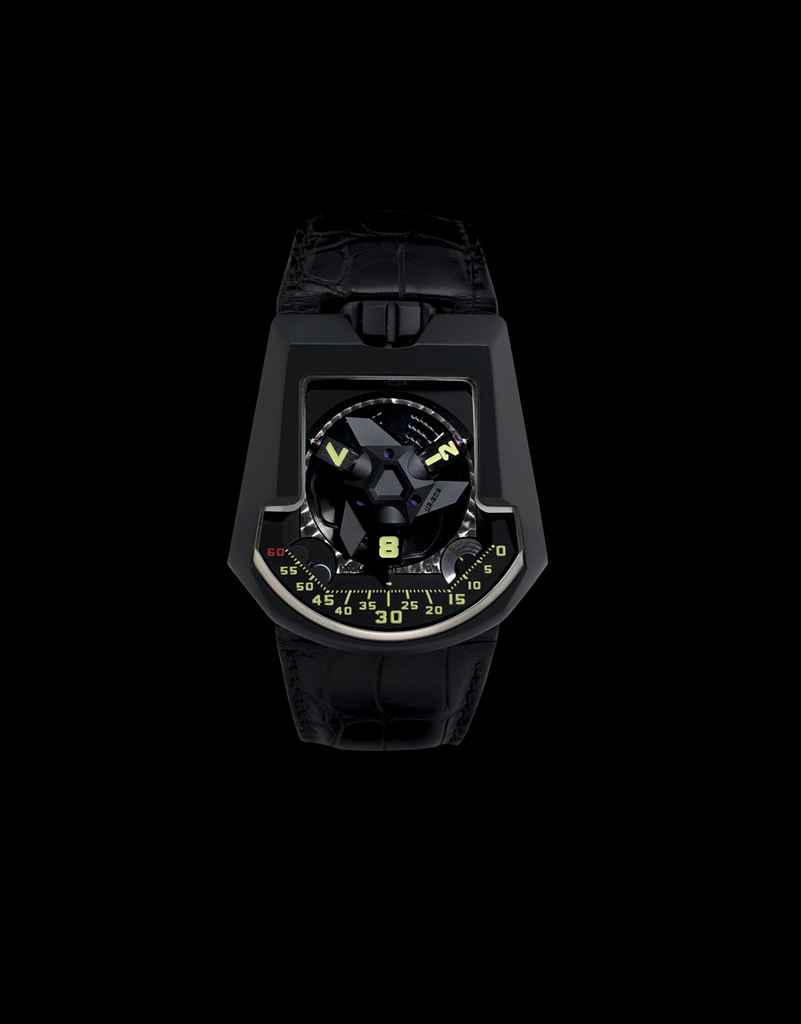
.jpg)
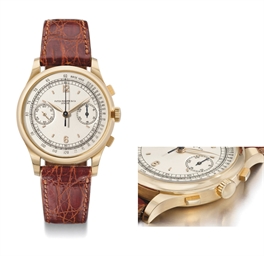

.jpg)
.jpg)
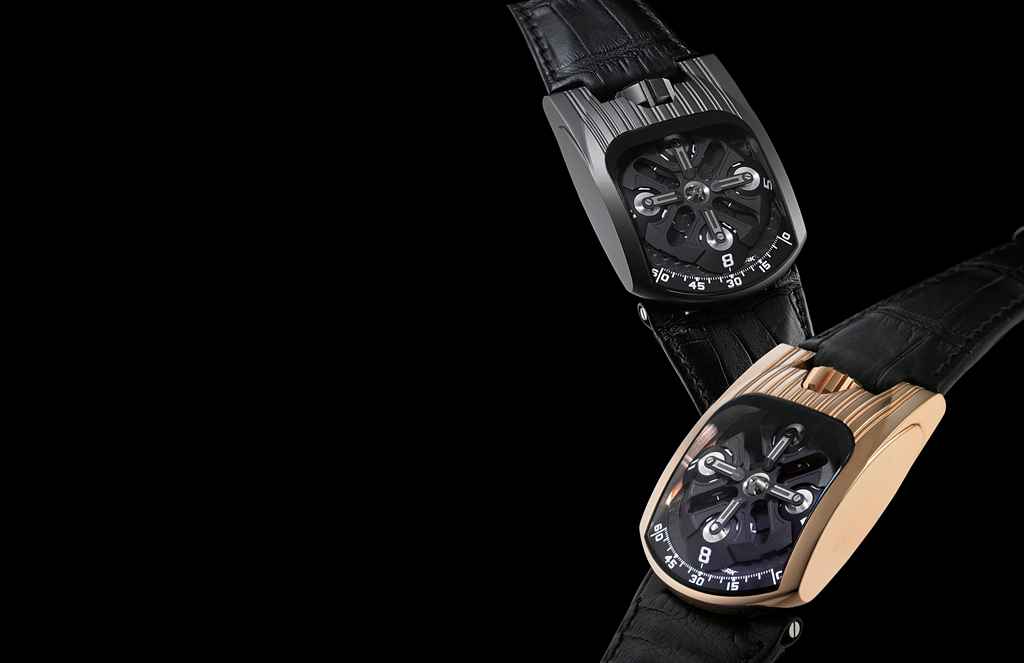
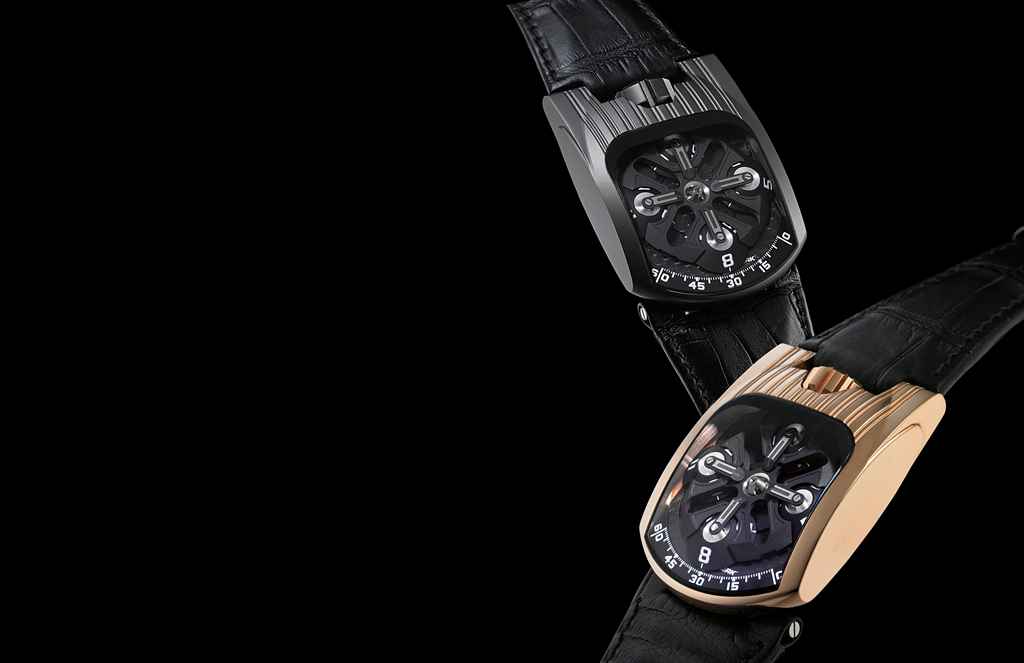

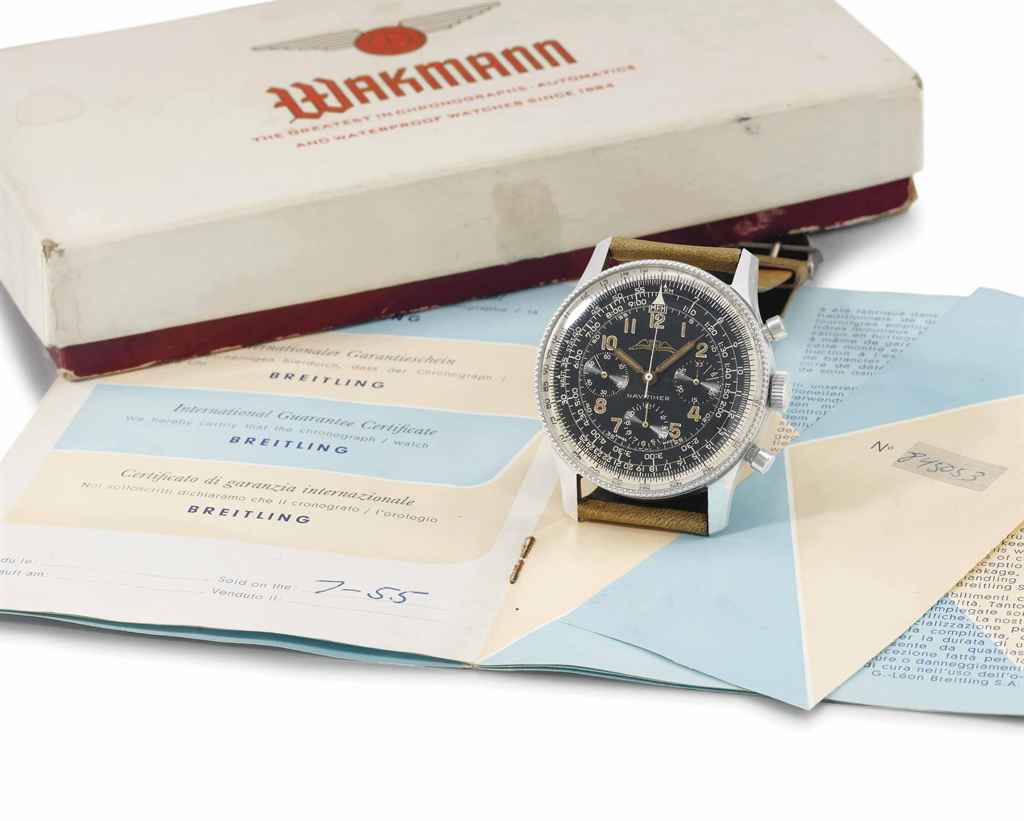
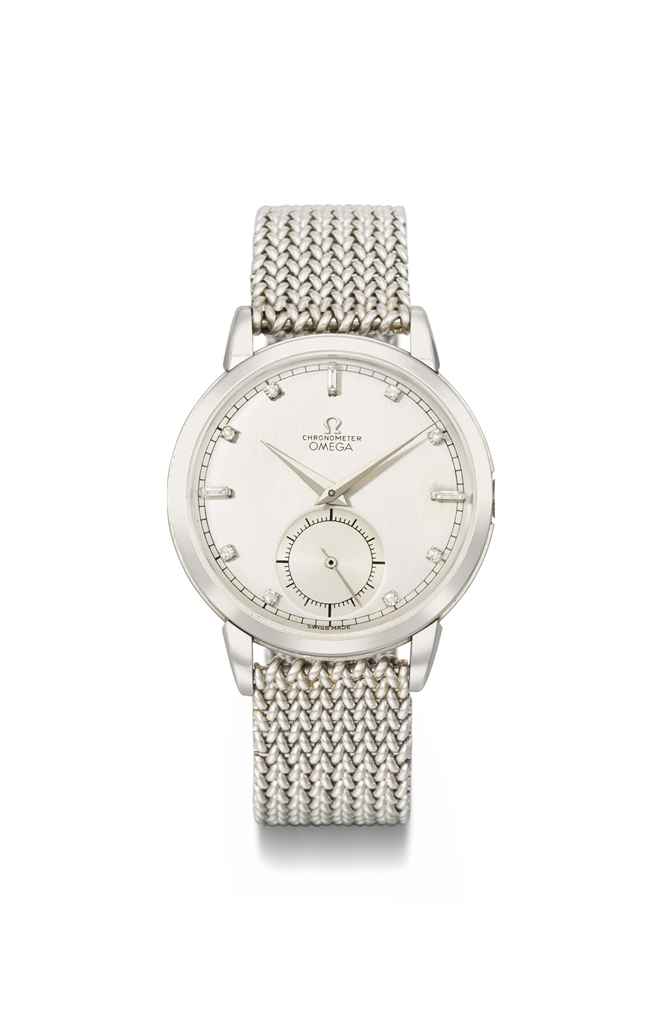
.jpg)

Try LotSearch and its premium features for 7 days - without any costs!
Be notified automatically about new items in upcoming auctions.
Create an alert